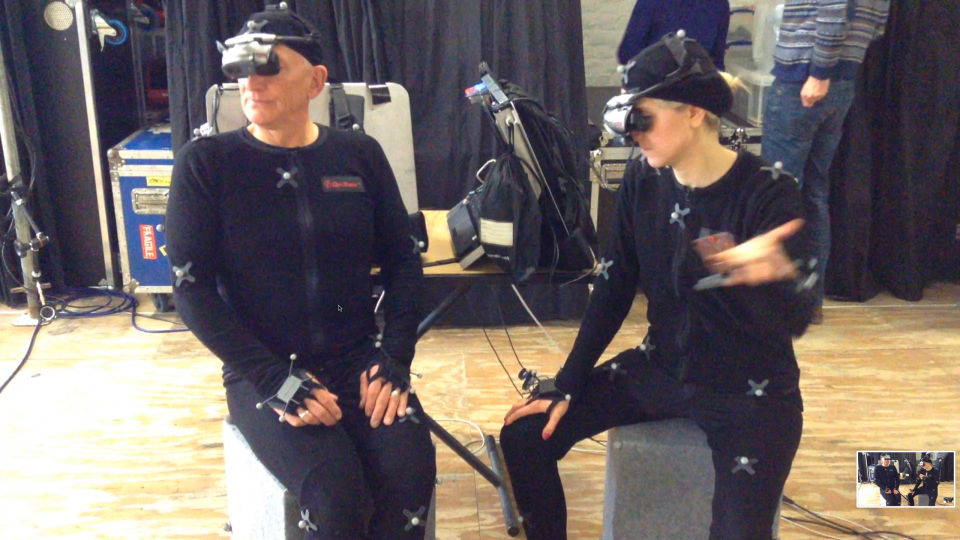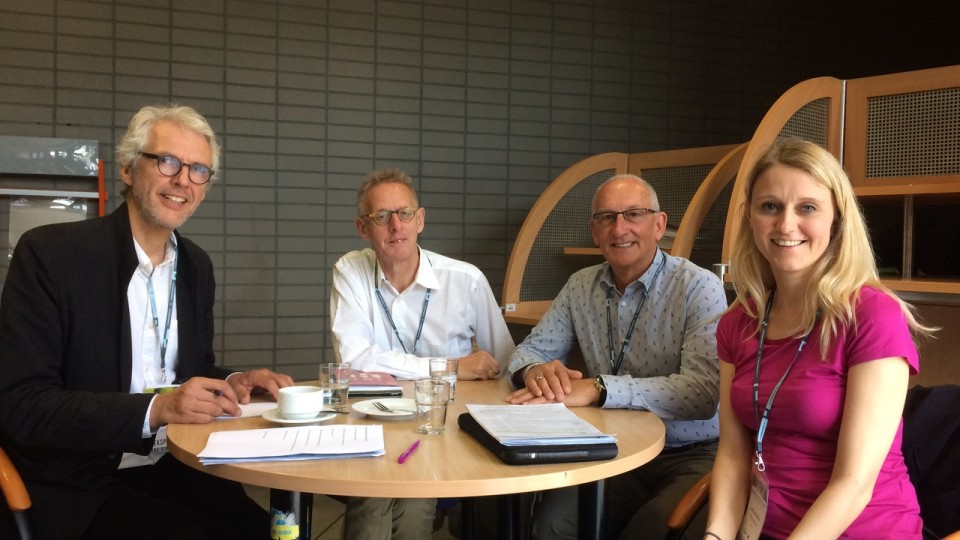
Joining the CREW: reflections on Artistic Research
Can professional practice constitute research as understood in academia? My answer is “yes” - providing the practice embodies an investigative inquiry which yields new insights.
A key point of difference between making work and undertaking research is the requirement to bring out the “doing-thinking” of the process and, particularly, the “insider” perspective which practitioners often take for granted because it is what they do. For an “academic” professor whose work foregrounds more the researcher aspect of the practitioner-researcher hybrid, it is good therefore to be occasionally on the insider track of practice. So it was a privilege and a pleasure for me to be part of CREW’s journey of engagement with Hamlet which I call “Hamlet Encounters”, though various artistic outcomes held different titles. In the second (2022) edition of my book on Practice Research/Artistic Research Practice as Research in the Arts (and Beyond), I take “Hamlet Encounters” as an example of complex “doing-thinking”.
Practitioner-researcher, Susan Kozel captures the inter-active dynamism of process when she remarks that, “the first moment of phenomenology originates in doing, but accompanying this doing is a weaving in and out of thought, a line of questioning” (2022: 45). At times, the thinking is overt, as in the opening dramaturgical discussions of “Hamlet Encounters”. And because Eric Joris, CREW’s creative director, is himself a scholar-practitioner with wide-ranging interests in, for example, history and astronomy, the process of thinking in “Hamlet Encounters” is perhaps more evident than in some more intuitive approaches to making. At other times, the thinking , as Kozel remarks, “goes quiet” (2022: 45). The many ideas in play in “Hamlet Encounters”, were worked through various kinds of doing into several arts outcomes which themselves were designed to engage the experiencer in an interactive process of production. The insights of knowing in contemporary arts practices are particularly difficult to track in that, typically, they remain in process. But tracking is the task if the work is to be presented as research in an academic context. Indeed, an aspect of Practice Research’s overall challenge to a lingering Positivism when it comes to “academic research” is that it calls in question the notion of fixed, absolute knowledge. But I do not mean to draw a binary between arts and sciences here: in the progressive sciences, unavoidable inter-relationality between subjects and objects has long since been recognized.
Artists have engaged in intellectual inquiry through their practices for centuries but they may well not have thought of what they do as research (in the academic sense of producing new knowledge or insights). In an open society, the arts serve many purposes ranging from taking experiencers into new experiential domains - as in CREW’s work - to formulaic popular entertainments. Indeed, one of the problems in persuading some people of the epistemological value of arts practices is that associations with relaxation, pleasure and entertainment are strong. And knowledge, of course, is supposed to be a serious matter.
For almost forty years I have been involved - along with many colleagues - in trying to establish in “the academy” full acceptance of research through arts practices as knowledge-producing activities. In the UK, our aim has been largely achieved. Over that long time, however, there have been many parallel initiatives around the world with variable success, and spawning a plethora of terms (creative research, practice-led research and so on). Artistic Research is more common in Nordic countries and continental Europe whereas, in the UK Practice as Research (now condensed to Practice Research) predominates. So whilst it may come as a surprise to some that the university sector might accept arts practices in formal research contexts (e.g. doctoral awards, applications for promotion, research audits), to some of us there is a substantial history.
In conclusion here, I emphasise just two points: first, various institutional shifts have drawn previously free-standing conservatoire/ artschools (Dance, Theatre, Music and Visual Arts) into the university sector; secondly, where you come from historically is likely to affect where you stand on whether Artistic Research is a good or bad thing. Some of those schooled in the artschool/ conservatoire tradition may well wish research - and particularly research audit - would go away and leave them to make art. Other sceptics argue that research has constrained creative practice and produces “edu-art”. There can be no doubt that the subsumption of artschools/ conservatoires into the university sector has posed challenges. In my view, however, the frisson between the analytic thought of philosophers, the research design tradition of the natural sciences and the more intuitive, embodied doing thinking of artists in a broad university context has been productive. Practice Research has brought people out of their disciplinary silos to engage with each other; it has posed epistemological questions leading to institutional change. It has given rise to good research as well as to innovative arts such as the praxis of CREW. It’s just a matter of “both-and” thinking things together rather than apart.



